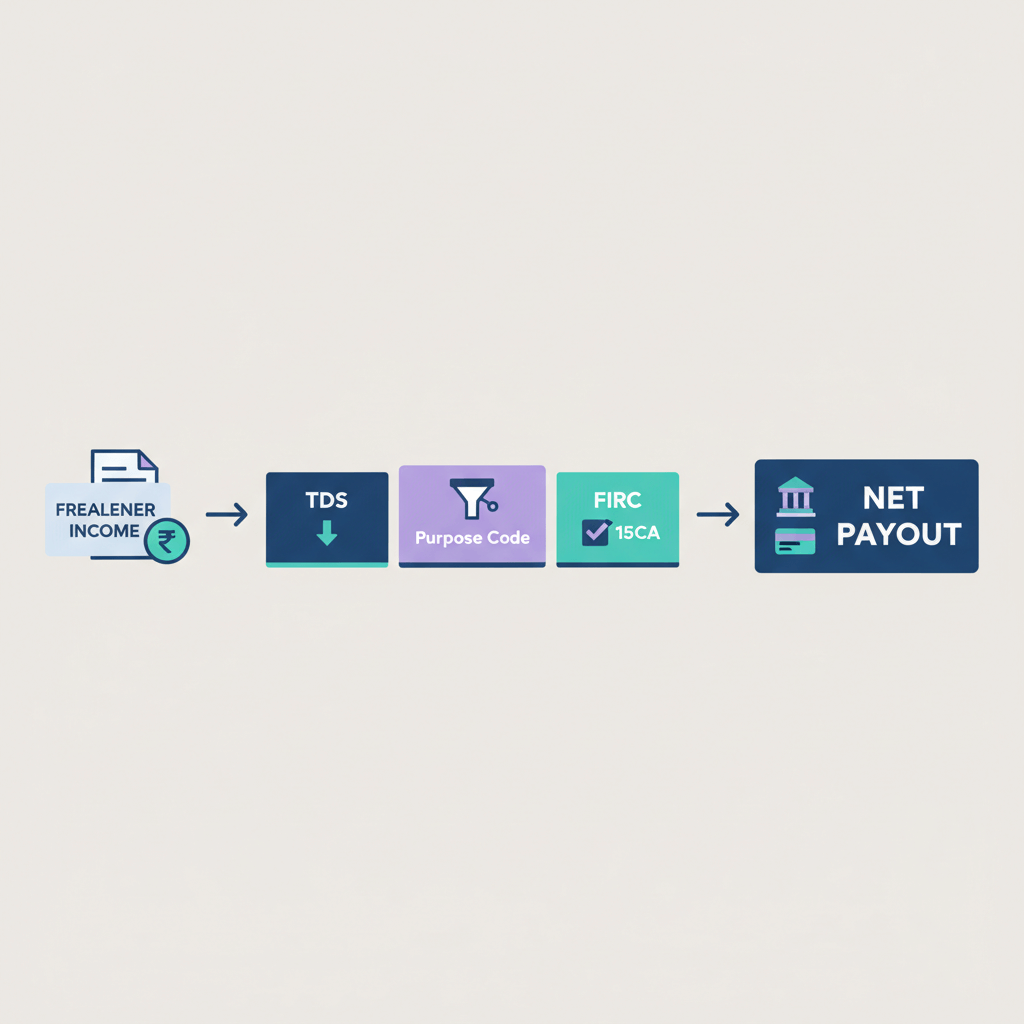In the realm of electronic payments, there's often a mix-up regarding ACH EFT meaning. Though they're sometimes used interchangeably, these are different methods with specific functions and goals.
Questions may arise: What are ACH or EFT payments? What do they mean? Are they different?
Read on to find out…
Meaning of EFT payments
EFT payments stand for Electronic Funds Transfer transactions, which facilitate the electronic transfer of funds between bank accounts. This method enables individuals, businesses, and organizations to electronically send and receive money without relying on physical checks or cash. EFT payments serve multiple purposes, including bill payments, fund transfers between accounts, online purchases, and sending money to friends or family members.
ACH Payment Meaning
An ACH payment, which stands for Automated Clearing House payment, is a way to move money digitally between bank accounts in the United States. This happens through the ACH network, a safe system overseen by the National Automated Clearing House Association (NACHA). ACH payments are used for lots of things, like putting money directly into someone's account, paying bills, doing business transactions, and sending money between friends. It's a good way to transfer money electronically because it's cheap, fast, and dependable, making it safe and easy for people to use.
ACH EFT Meaning
The concept of ACH EFT combines two electronic payment systems: ACH (Automated Clearing House) and EFT (Electronic Funds Transfer). ACH functions as a network designed for handling high volumes of credit and debit transactions in batches, while EFT encompasses a range of electronic payment methods used for transferring funds between accounts.
In an international business payment context from India, let's consider a scenario involving ACH EFT payments:
Imagine a large Indian textile manufacturer that exports fabrics to clients in the United States. Upon finishing the fabric shipment, the manufacturer awaits payment from their American buyer. Rather than resorting to conventional methods like paper checks or wire transfers, which are both expensive and slow, the manufacturer chooses an ACH EFT payment.
Here's how it works:
- The American buyer starts an ACH EFT payment using their bank's online banking.
- They put in all the payment details, like the manufacturer's bank account info and how much to transfer.
- Then, the payment request goes through the ACH network, which handles the transaction securely.
- In India, the manufacturer's bank gets a notification about the ACH payment and puts the money into the manufacturer's account.
- The manufacturer gets a quick notice about the payment and can use the money soon after.
In this scenario, ACH EFT payments offer several benefits for both parties involved. The manufacturer receives payment quickly and securely, reducing the risk of payment delays or fraud. Additionally, the American buyer benefits from a streamlined payment process and potentially lower transaction costs compared to traditional payment methods like wire transfers. Overall, ACH EFT payments facilitate smoother and more efficient international business transactions between India and the United States.
ACH vs EFT: What is the difference?
What is the difference between EFT and Interac?
FAQs
Is EFT just a bank transfer?
No. EFT, or Electronic Funds Transfer, represents a wide range of electronic mechanisms for transferring funds between bank accounts. While a basic bank transfer falls under the category of EFT, the term encompasses additional methods such as wire transfers, direct deposits, online bill payments, and transactions facilitated by debit or credit cards. In essence, EFT includes any electronic transfer of funds between accounts, whether within the same financial institution or across different ones.
What is the difference between EFT and ACH?
The main difference between EFT (Electronic Funds Transfer) and ACH (Automated Clearing House) is their focus:
- Scope:
- EFT: Covers various electronic payment methods used globally.
- ACH: Specifically processes electronic payments within the United States.
- Functionality:
- EFT: Facilitates electronic fund transfers internationally.
- ACH: Focuses on batch processing of domestic transactions in the U.S.
Is EFT the same as direct deposit?
No, Electronic Funds Transfer (EFT) is not synonymous with direct deposit, although direct deposit falls under the category of EFT.
EFT encompasses a broader range of electronic payment methods used for transferring funds between bank accounts, including wire transfers, online banking transactions, and card payments, among others.
Direct deposit means putting money directly into someone's bank account electronically. People often use it for getting paid for work, receiving government benefits, or getting tax refunds. Direct deposit is one way to transfer money electronically, but there are other ways too, like paying with a card or transferring money online.
What does ACH mean in a bank account?
ACH, which stands for Automated Clearing House, is like a network that helps with electronic payments and transfers, but only within the United States. It's a way for banks to handle different electronic transactions involving bank accounts, like putting money directly into someone's account, paying bills, or sending money to internationally. In ACH transactions, money moves in or out of a bank account using electronic debits or credits processed through the ACH network, making sure the transfer is both quick and safe.











